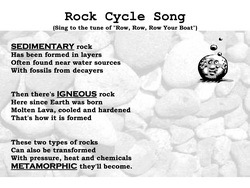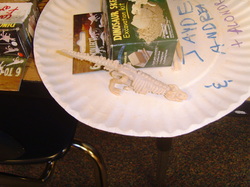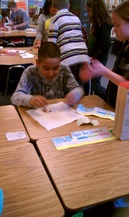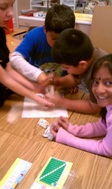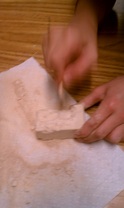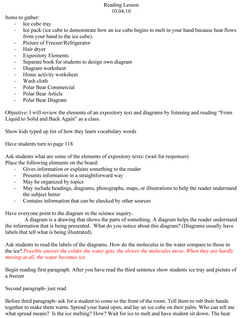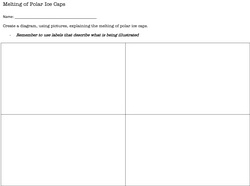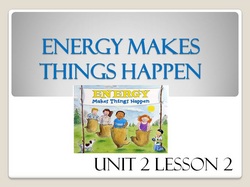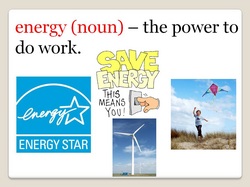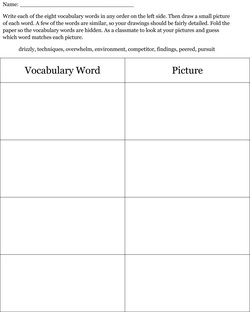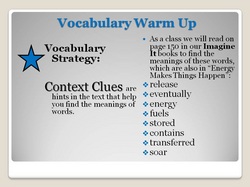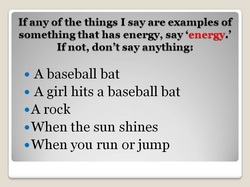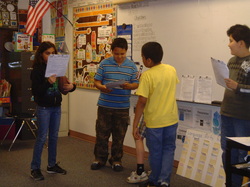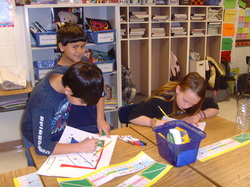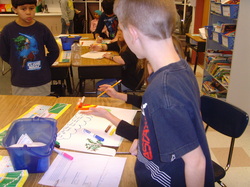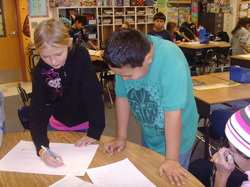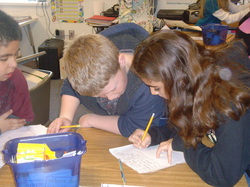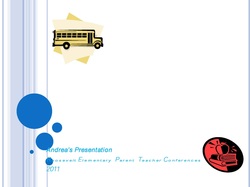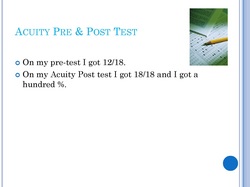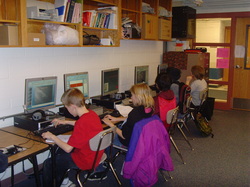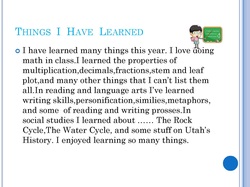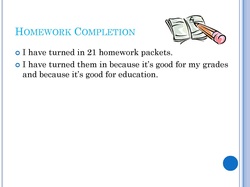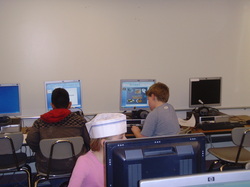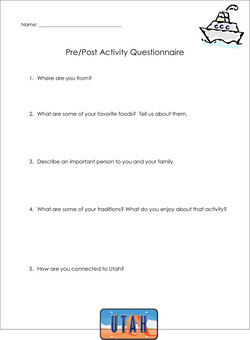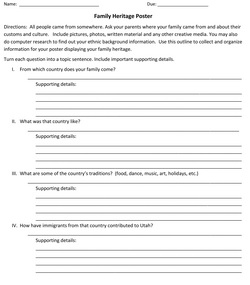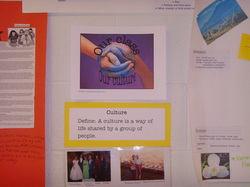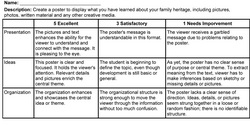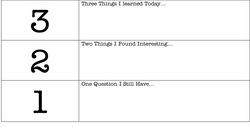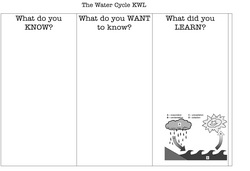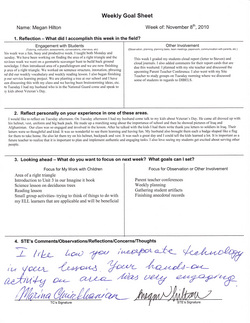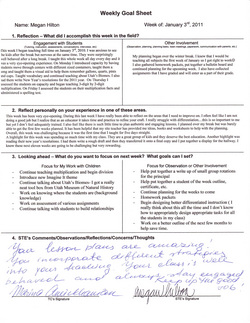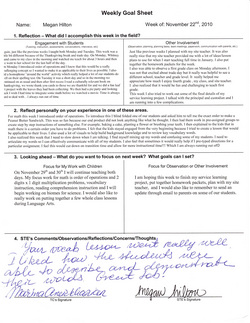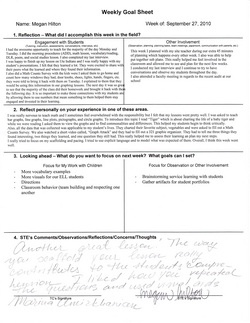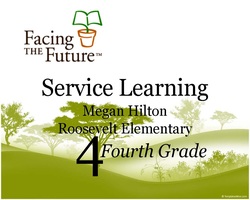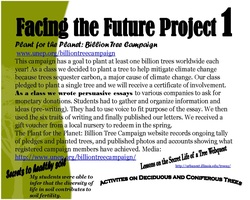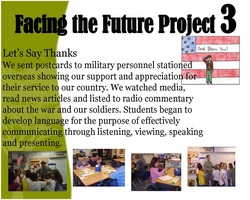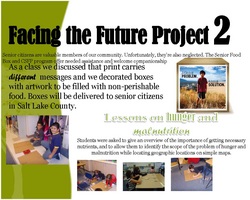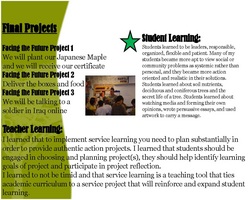Megan Hilton's Teaching Portfolio
Standard 1
INTASC Standard 1: Making Content Meaningful
The teacher understands the central concepts, tools of inquiry, and structures of the discipline(s) he or she teaches and can create learning experiences that make these aspects of subject matter meaningful for students.
Rationale: The below artifacts demonstrate my understaning of inquiry to create learning experiences that make subject matter meaningful for students. Students learned about the Rock Cycle through literature, viewing artifacts and participating in a visit from the Utah Museum of Natural History. Students learned the Rock Cycle Song which allowed for deeper understanding and engagement. Students then went digging for rocks. This same format was used to introduce fossils. Students learned a song, read books, looked at a variety of fossils, created fossils, and went digging for Dinosaur bones. This unit helped build background knowledge, allowed for student inquiry and provided meaningful learning for students.
Standard 2
INTASC Standard 2: Child Development and Learning Theory
The teacher understands how children learn and develop, and can provide learning opportunities that support their intellectual, social and personal needs.
Rationale: The below lesson was developed for a reading lesson on an expository text called, "From Solid to Liquid Again." Students participated in a variety of experiments to help build a solid understanding before reading the text. Students were then asked to look at the diagram on the text, "From Solid to Liquid Again" and understand the information that was being presented. Students were then asked to develop their own diagram to present to the class. As a class they watched the below commercial, which was related to our original text, and we then discussed what the media was trying to portray. Students then read the below article on Polar Bears and were asked to create a diagram that would tell a story to the reader. This lesson demonstrated my understanding of how my students learn and develop, and provided them with an opportunity that supported their intellectual, social and personal needs.
Standard 3
INTASC Standard 3: Learning Styles / Diversity
The teacher understands how students differ in their approaches to learning and creates instructional opportunities that are adapted to diverse learners.
Rationale: This artifact was selected because it demonstrates how students differ in their approaches to learning and how it adapts to diverse learners. The below pictures come from a vocabulary powerpoint presentation. Each week vocabulary was introduced by integrating technology through powerpoint which helped increase their ability to describe and demonstrate the new words. Using powerpoint for vocabulary instruction also helped my English Language Learners because I was able to utilize pictures and video clips to help build background knowledge and understanding of each word. Students stayed engaged during vocabulary each week because not only were they able to participate in the presentation they were also asked to fill out a graphic organizer to demonstrate their understanding of each word.
Standard 4
INTASC Standard 4: Instructional Strategies / Problem Solving
The teacher understands and uses a variety of instructional strategies to encourage students' development of critical thinking, problem solving, and performance skills.
Rationale: Readers Theater is an integrated approach for involving students
in reading, writing, listening, and speaking activities. It involves students in sharing literature, reading aloud, writing scripts, performing with a purpose, and working collaboratively. Readers Theater helped increase comprehension, critical thinking, and performance skills. It also engaged students, created confidence and improved self-image of students and provided a real purpose for reading.

Readers Theater scripts were selected based on reading levels of each group. Groups were put together based off of DIBEL scores. This Readers Theater script was used during our Water Cycle Unit. This script reinforced what was being taught in science as well as increased critical thinking, problem sovling and performance skills.
